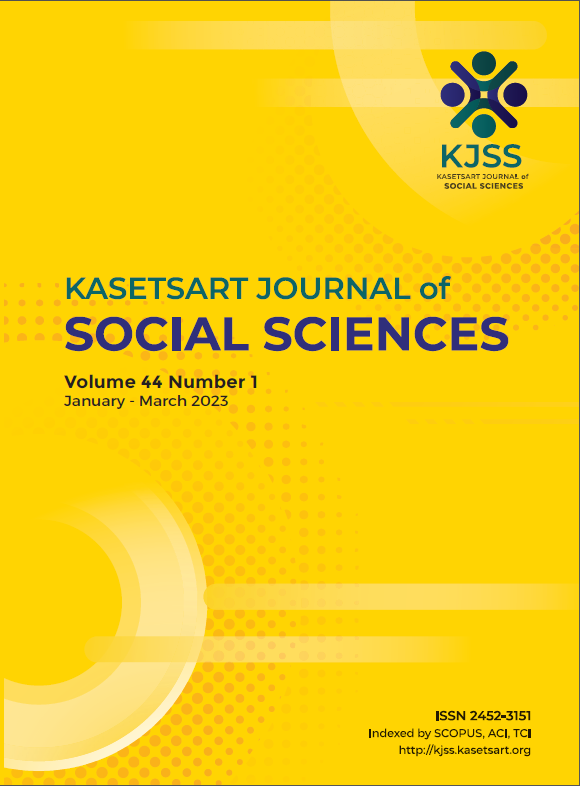The use of self-forms by Thai learners of English
Keywords:
intensifiers, reflexives, Thai learners of English, self-formsAbstract
Self-forms (such as yourself, himself, and myself) in English can fulfill two grammatical functions: reflexives and intensifiers (König & Gast, 2002a, 2002b; Kroeger, 2004; Gast & Siemund, 2006). These self-forms are frequently taught as a critical lesson in formal English classes. However, it has been noticed that despite intensive writing practice, Thai learners of English employ self-forms in ways that native speakers do not. This study aims to compare how Thai learners of English use self-forms in writing activities. The Thai Learner English Corpus findings show that two groups of learners behave differently. Although both intermediate and professional learners are more likely to employ reflexive self-forms than those with intensive functions, the two groups use the intensive form differently. In contrast to professional learners, intermediate earners typically employ intensive self-forms as an oblique argument, frequently following the preposition by. In contrast, professional learners frequently use intensive self-forms in an appositive position adjacent to its nominal antecedent. According to the findings of this study: (1) among the two self-form functions, the reflexive function is more common among Thai English learners; and (2) intermediate-level learners tend to mark the intensive self-form as an instrument due to the co-occurrence with the preposition by as a result of first language interference.
Downloads
Published
How to Cite
Issue
Section
License
Copyright (c) 2023 Kasetsart University

This work is licensed under a Creative Commons Attribution-NonCommercial-NoDerivatives 4.0 International License.
This is an open access article under the CC BY-NC-ND license http://creativecommons.org/licenses/by-nc-nd/4.0/










